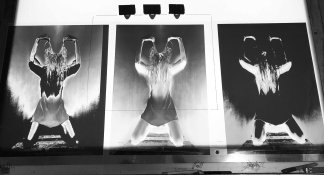Minas Stratigos
Member
I asked this question to Bob and he suggested to take it on a public post so everyone can benefit 
In brief, I want to try richer prints by separating in photoshop a digital negative into shadows/midtowns/highlights and print multi-layer coats to enhance the image.
I understand that there are blendif layers involved but i would be grateful if you guys can shed some more light on this process.
Thanks

In brief, I want to try richer prints by separating in photoshop a digital negative into shadows/midtowns/highlights and print multi-layer coats to enhance the image.
I understand that there are blendif layers involved but i would be grateful if you guys can shed some more light on this process.
Thanks






